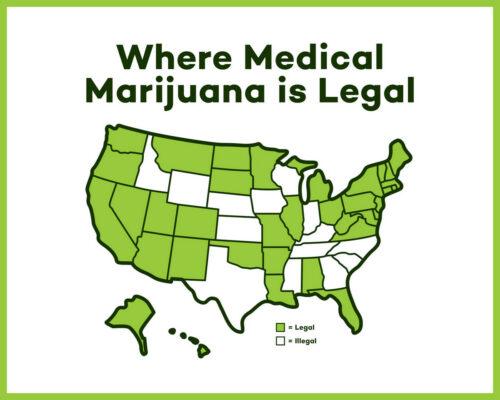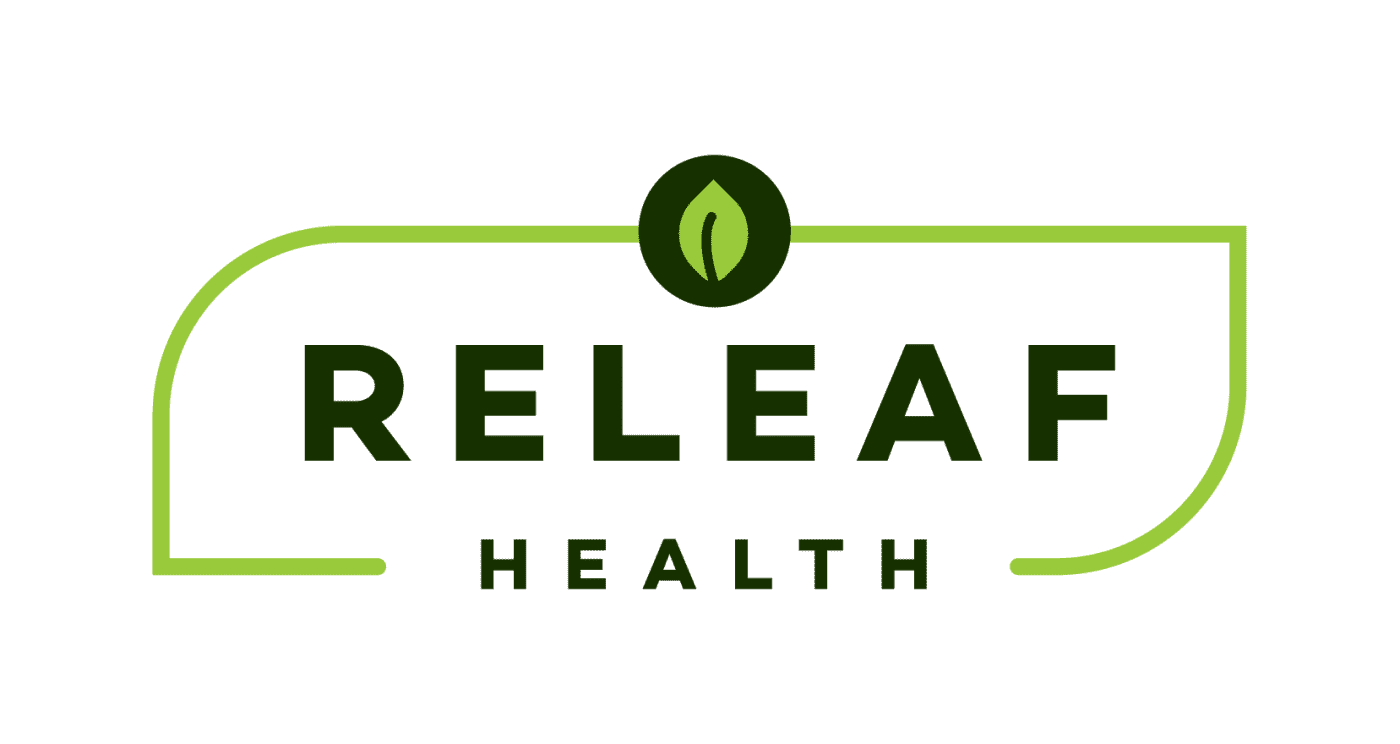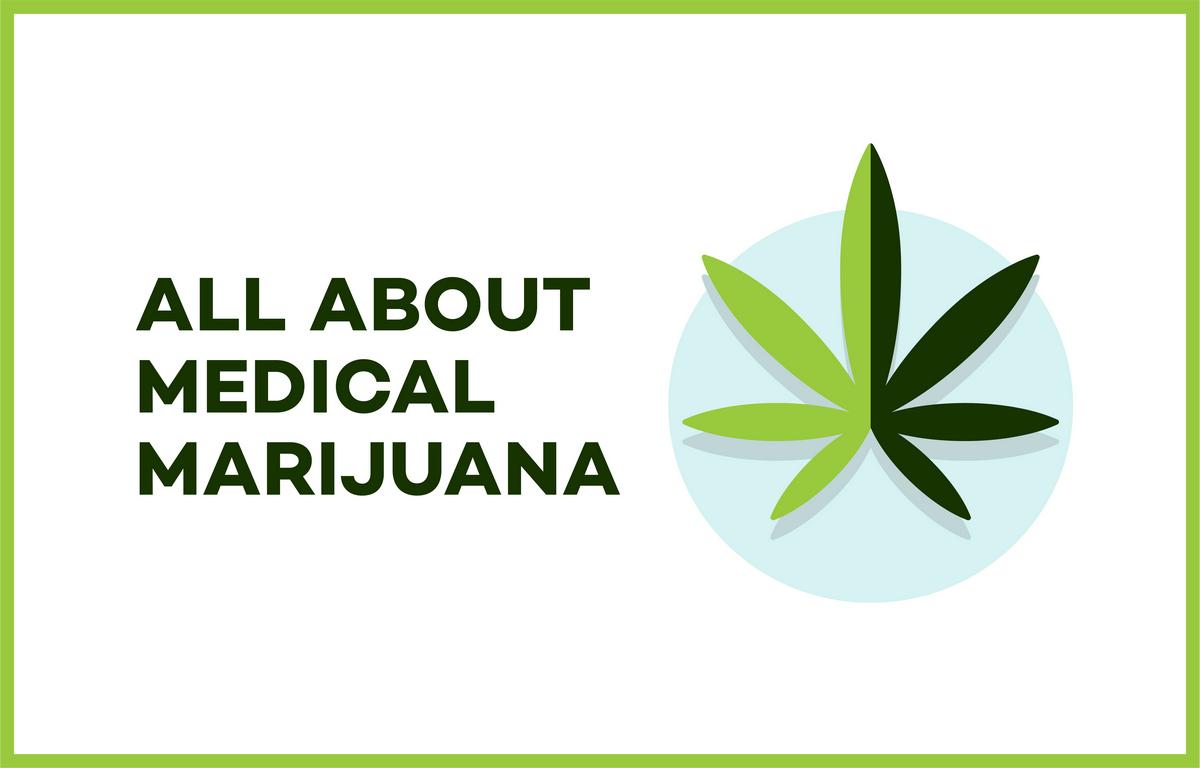Medical marijuana has been used medicinally for centuries. However, it wasn’t until the past 100 years that debate about it started. Today, it’s once again growing in popularity and effectiveness as natural alternative medicine.
Medical marijuana is used to treat a slew of conditions characterized by severe chronic pain and other unpleasant symptoms that affect everyday life. Medical marijuana helps these people get back to living their life the way they want to and resuming the activities they love.
But how does it do this? Why does it work? And is medical marijuana even legal? Let’s review!
Basic Facts About Medical Marijuana
Medical marijuana is considered a plant-based medicine. It comes from the Cannabis sativa or Cannabis indica plant species. These species are known for their active compounds, THC, CBD, and CBN.
The properties in these plants are used to help relieve various symptoms across a range of ailments. And it’s not a new concept; marijuana has been used medicinally for centuries worldwide. It wasn’t until the early 1900s that modern contentious opinions arose.
However, it’s being used more and more in pain management plans for cancer patients, fibromyalgia patients, arthritis patients, and more.
What Exactly are THC and CBD?
THC and CBD may sound familiar. That’s because they’re the compounds most used in cannabis-based alternative medicines.
THC (tetrahydrocannabinol) is the psychoactive compound found in marijuana. This is the compound responsible for the “high” associated with marijuana. There are man-made forms of THC (dronabinol (Marinol) and nabilone (Cesamet)) that are FDA-approved for limiting nausea and vomiting in chemotherapy patients.
CBD, on the other hand, is not psychoactive. It is responsible for many of the anti-inflammatory effects associated with medical marijuana and CBD products. Even an FDA-approved CBD oil (Epidiolex) is designed to reduce seizures in epilepsy patients.
Another critical difference involving THC and CBD is accessibility. To get medical marijuana, which contains THC, you need a prescription and an active medical marijuana card in your state.
Since CBD is not psychoactive, products with this compound can readily be found with no need for a prescription or medical marijuana card to purchase. However, it’s always good to consult your medical marijuana doctor for appropriate dosages and to make sure it won’t interact with any other medications you may be taking.
Don’t know whether CBD or THC is the choice for you? We’ve got you covered! Check out our helpful guide.
Benefits of Medical Marijuana
Today, medical marijuana is used to treat a variety of conditions, including:
- Alzheimer’s disease
- Cancer
- Crohn’s disease
- Epilepsy
- Fibromyalgia
- Glaucoma
- Hepatitis C
- Huntington’s disease
- Inflammatory bowel disease (IBS)
- Multiple sclerosis (MS)
- Parkinson’s disease
- Tourette syndrome
- Traumatic brain injury (TBI)
- Ulcerative colitis
- And other causes of severe chronic pain
The conditions approved for the use of medical marijuana may vary by state since current medical marijuana laws are left up to state governments. Ohio has 22 approved conditions for medical marijuana use, which you can see here.
Many of these conditions result in chronic pain that affects the everyday quality of life. And in terminal cases, there’s concern about providing as much comfort as possible for the remainder of the lifetime.
Fortunately, medical marijuana can help with chronic pain management and reduction of a range of symptoms, including:
- Pain
- Nausea
- Muscle spasms
- Anxiety
- Low appetite
- Sleep problems
- Seizures
- Inflammation
- Migraines
- And more
For some, traditional medications may not work for one reason or another. Perhaps the side effects are too severe, or they are concerned about addictive qualities. This is where medical marijuana comes in as a natural alternative medicine to help those who don’t benefit from traditional treatment methods.
And in addition to the common symptoms mentioned above, medical marijuana has other general health benefits such as:
- Immune system regulation
- Promoting neuroplasticity
- Regulating emotional and cognitive function (learning, motivation, appetite, vascular function, and digestive function)
Understanding the Laws Surrounding Medical Marijuana

It can be confusing to try to understand what the rules and regulations are for medical marijuana. Part of that confusion stems from the fact that there is no federal policy for medical marijuana. This means that there is no national law that applies to all 50 U.S. states.
Instead, medical marijuana laws are left up to individual state governments. So the medical marijuana laws in Ohio end up differing vastly from those in, say, Colorado. To date, 36 of the 50 U.S. states have legalized medical marijuana and applied their restrictions.
Medical marijuana is still classified as a Schedule I substance by the FDA. This means that, at a national level, medical marijuana is considered a drug with no currently accepted medical use and significant potential for abuse.
As a result, there are strict requirements for acquiring medical marijuana in legalized states. This includes getting a prescription from a medical professional and applying for a medical marijuana card. Otherwise, you will not be allowed access to medical marijuana.
To be approved for a medical marijuana card in Ohio, you have to have one of the 22 approved conditions and have a medical professional confirm this and recommend you as a candidate who would benefit from medical marijuana.
This allows you to be approved with the Ohio Medical Marijuana Control Program (OMMCP), and you can then request your Ohio medical marijuana card.
If you’re wondering about a future federal law for medical marijuana, you aren’t the only one! Many are hopeful that the new presidential administration will put change into motion instead of federally legalizing marijuana. However, these processes are notoriously slow and will probably take some time to come to fruition.
If you’re interested in medical marijuana as a natural remedy, review Ohio’s approved conditions list and schedule a time to talk to us! We’ll help you figure out your best options. You can also check out our new online CBD store for various products, including oils, topicals, and more, to help with your overall pain management, mood, and sleep.


